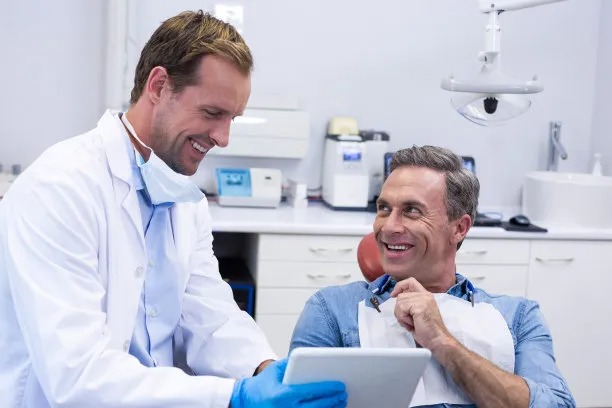The Essential Guide to Extracting a Tooth Safely and Effectively for a Healthy Smile
Summary: The process of tooth extraction, while often necessary for maintaining oral health, can evoke anxiety for many. This guide presents essential insights on safely and effectively extracting a tooth to ensure a healthy smile. Key considerations include knowing when extraction is necessary, understanding the preparation and procedure involved, following post-extraction care, and recognizing potential complications. By understanding each aspect thoroughly, individuals can make informed decisions and minimize discomfort, leading to a smoother dental experience. This guide serves as a comprehensive resource for anyone facing tooth extraction, empowering them to approach the procedure with confidence and clarity.
1. When Is Tooth Extraction Necessary?

Tooth extraction may be required for several reasons, and understanding these can help determine the necessity of the procedure. Common indications include severe decay, where the tooth cannot be saved by restorative methods, and periodontal disease, which can weaken the supporting structures of teeth. In some cases, crowding necessitates the removal of teeth to make space for orthodontic treatment.
Additionally, impacted teeth, often seen with wisdom teeth, may lead to pain or future dental issues if left untreated. Identifying the signs indicating the need for extraction, such as persistent pain or swelling, is crucial for prompt treatment. Consulting with a dental professional can provide clarity on the situation.
Ultimately, understanding why extraction is necessary allows patients to be more prepared mentally and emotionally for the procedure. The more informed they are, the more they can participate in their dental health decisions.
2. Preparing for Tooth Extraction
Proper preparation can significantly affect the outcome of a tooth extraction. Patients should begin by discussing their medical history with their dentist, including medications and allergies. This information can reveal potential complications and help tailor the extraction process to meet individual needs.
Next, a comprehensive examination is typically conducted, including X-rays, to assess the tooths condition and its surrounding structures. These evaluations are essential for planning the procedure effectively, determining the best technique, and anticipating any challenges that may arise during extraction.
Moreover, patients may receive specific instructions to follow before the procedure, such as avoiding certain medications or fasting. Following these guidelines minimizes risks and enhances the overall extraction experience. Proper preparation eliminates unnecessary stress and ensures a smoother process.
3. The Tooth Extraction Procedure Explained
The actual procedure of tooth extraction begins with local anesthesia to ensure the patient experiences minimal discomfort. Dentists use a variety of techniques depending on the tooths location and condition. For example, simple extractions typically involve loosening the tooth with an instrument called an elevator, followed by extraction with forceps.
In more complex cases or when dealing with impacted teeth, surgical extraction may be necessary, which may require incisions in the gum. Throughout this process, the dentist closely monitors the patients comfort, making adjustments as needed.
After the tooth is successfully extracted, the dentist may place gauze on the extraction site to control bleeding and initiate the healing process. Clear instructions will also be given regarding aftercare. Understanding what to expect during the procedure helps reduce anxiety and prepares patients for the next steps.
4. Post-Extraction Care for a Smooth Recovery
Aftercare is a vital part of the tooth extraction process that significantly influences recovery. Patients should follow their dentists recommendations closely, which often include resting and avoiding strenuous activities for the first 24 hours. Ice packs can be applied to the cheek to reduce swelling and discomfort.
Diet modifications are also essential during recovery; starting with soft foods and gradually progressing to regular foods as healing occurs can prevent irritation to the extraction site. Staying hydrated and following any prescribed medication regimen, such as pain relievers or antibiotics, also contributes to healing.
Understanding the signs of complications, such as excessive bleeding or signs of infection, is crucial for prompt intervention. Patients should not hesitate to contact their dental professional if they have concerns, ensuring a better recovery and peace of mind.
Summary:
Tooth extraction is a common yet significant dental procedure that requires a comprehensive understanding for successful execution. From acknowledging the necessity of the extraction and preparing adequately, to navigating the procedure itself and ensuring proper aftercare, each step plays a critical role in the overall experience. By being informed and prepared, patients can foster positive outcomes and maintain their oral health effectively.
This article is compiled by Vickong Dental and the content is for reference only.



